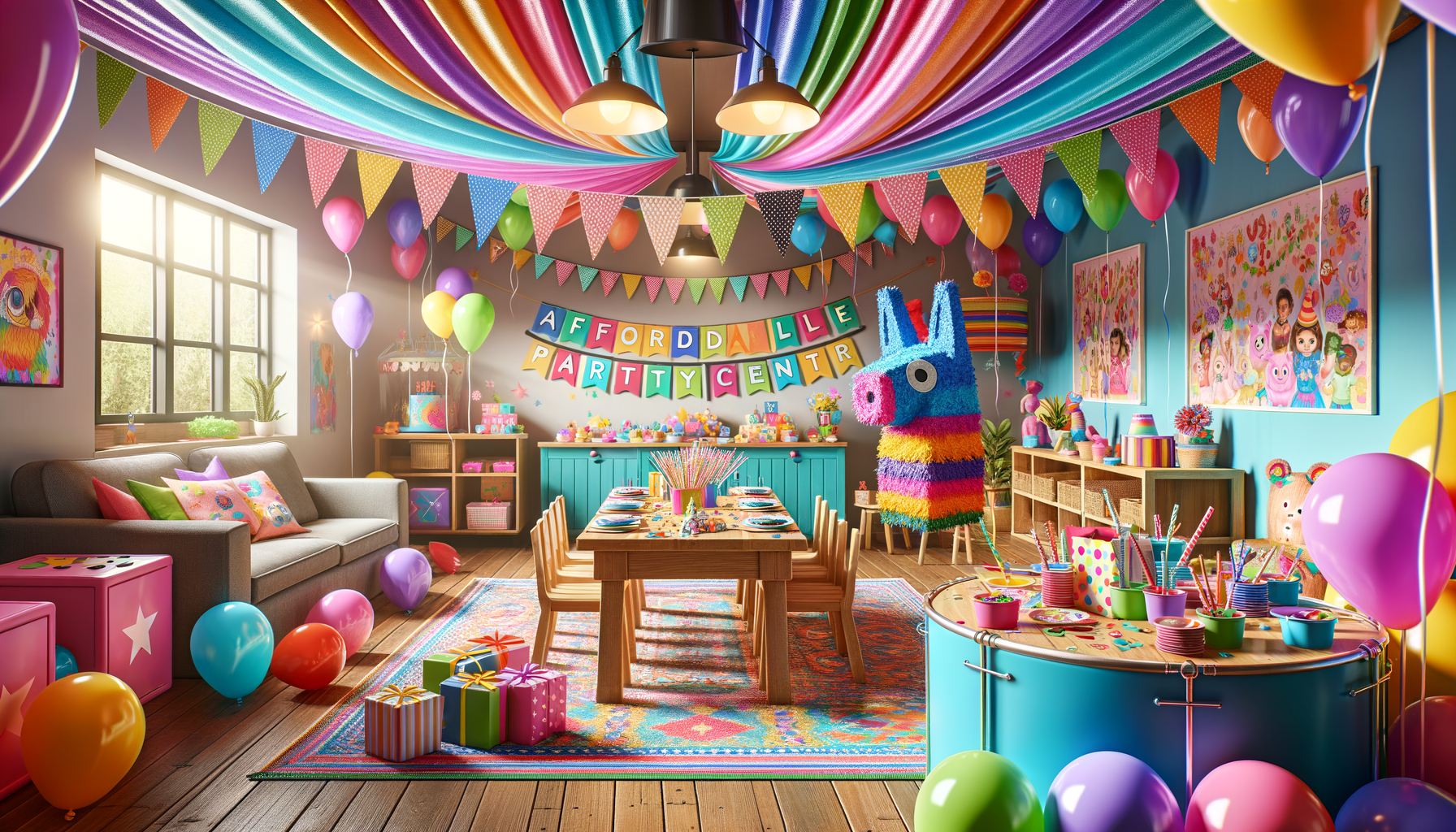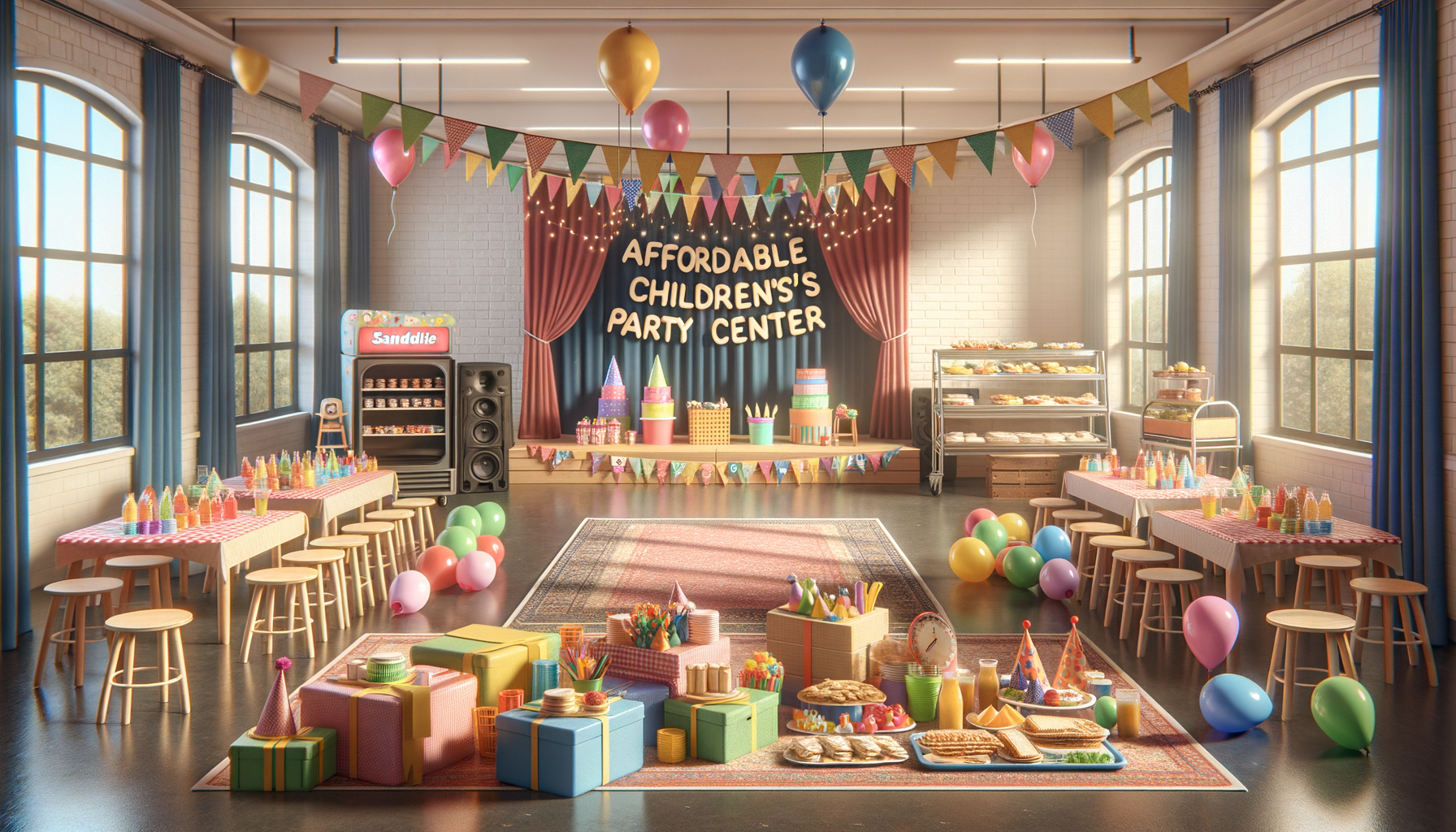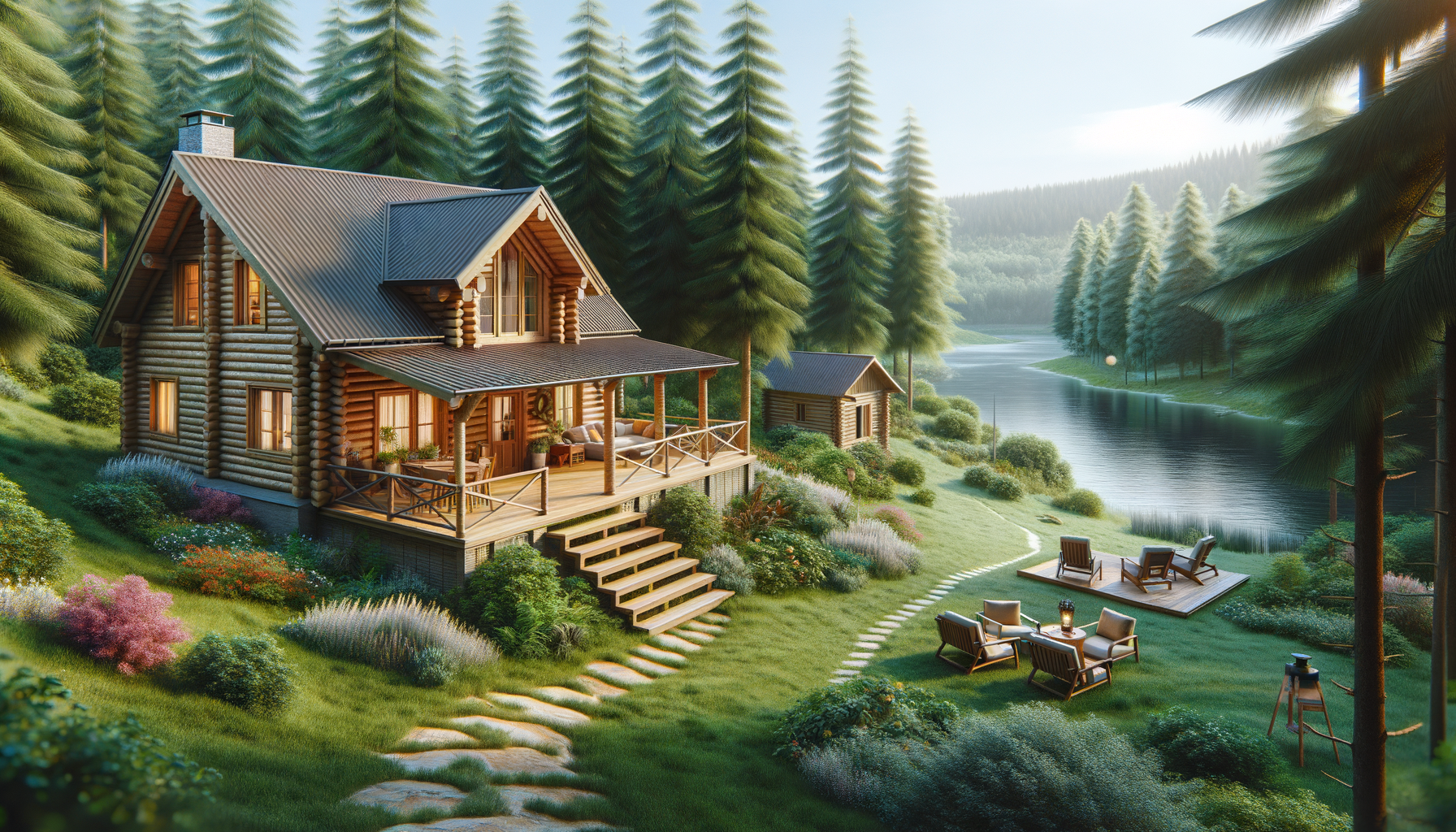Understanding Your Camping Needs
Choosing the right camping tent is crucial for a successful outdoor adventure. The first step is understanding your specific camping needs. Are you planning a solo backpacking trip, or will you be camping with family or friends? The size of your group will significantly influence the type of tent you should consider. For solo adventurers, a lightweight and compact tent is ideal, while larger groups might require a more spacious tent with multiple rooms for privacy and comfort.
Consider the type of camping you’ll be doing. If you’re hiking to your campsite, weight and portability are key factors. Backpacking tents are designed to be lightweight and easy to pack, making them suitable for long treks. On the other hand, if you’re driving to your campsite, you might prioritize comfort and space over weight. Car camping tents often offer more features like extra headroom and storage pockets, providing a more homely feel.
Additionally, think about the weather conditions you’ll face. Tents are rated for different seasons. A three-season tent is suitable for spring, summer, and fall, offering good ventilation and protection against rain. However, if you plan to camp in winter or in high-altitude areas, a four-season tent is necessary to withstand harsh weather conditions like snow and strong winds.
- Group size: Solo, couple, family, or group
- Type of camping: Backpacking or car camping
- Weather conditions: Three-season or four-season tent
Key Features to Look for in a Tent
Once you’ve determined your camping needs, the next step is to evaluate the key features of a tent. One of the most important aspects is the tent’s material. Look for tents made from durable and weather-resistant materials. Polyester and nylon are common choices, offering a good balance between durability and weight. Additionally, ensure the tent has a waterproof rainfly and a sturdy floor to keep moisture out.
Ventilation is another critical feature. Proper airflow is essential to prevent condensation inside the tent, which can lead to a damp and uncomfortable environment. Look for tents with mesh panels and windows, which allow for cross-ventilation and keep insects at bay.
Ease of setup is a factor that can greatly affect your camping experience. Some tents come with color-coded poles and clips that make assembly straightforward, even for beginners. Pop-up tents are also an option for those who want a quick setup, though they may lack some features found in traditional tents.
- Material: Durable and weather-resistant
- Ventilation: Mesh panels and windows
- Ease of setup: Color-coded poles, pop-up options
Balancing Budget and Quality
When choosing a camping tent, balancing budget and quality is essential. While it might be tempting to go for the cheapest option, investing in a high-quality tent can make a significant difference in your camping experience. High-quality tents tend to last longer, provide better protection against the elements, and offer more comfort.
Consider how often you plan to use the tent. If you’re an occasional camper, a budget-friendly tent might suffice. However, for frequent campers, spending a bit more on a durable and feature-rich tent is a wise investment. Look for tents with positive reviews and ratings, as these often indicate reliability and satisfaction among users.
Keep an eye out for sales and discounts, which can help you get a better tent within your budget. Additionally, consider buying from reputable outdoor retailers that offer warranties or return policies, providing peace of mind with your purchase.
- Frequency of use: Occasional or frequent camper
- Look for sales: Discounts and promotions
- Reputable retailers: Warranties and return policies




Leave a Reply